
Catherine Grenier at the press briefing.
“I think it is very important to share the development of the project at this stage… it is the first time that we’re making an architecture which is not from scratch, it’s a utilisation of an existing building, a heritage building that all the Qatari people know very well,” she explained.
Grenier was speaking on the sidelines of a recently held press preview of the exhibition, taking place at the Qatar Flour Mill, and will be on view until March 30, 2023. It introduces the museum’s concept; the architectural project by Elemental, led by Pritzker Prize-winning architect Alejandro Aravena; and the garden design.

Artworks on display at the Art Mill Museum 2030 exhibition
According to Qatar Museums (QM), the 80,000sqm Art Mill Museum will house an exceptional and international art collection assembled over the past 40 years, with multidisciplinary works of great diversity dating from 1850 to the present.
Grenier noted that the grain silos of the mill play a key role in the museum design and architecture, keeping the DNA of the building, in addition to the vast galleries and other sections.

The grain silos of the mill play a key role in the museum design and architecture.
She said the collections will be diverse in terms of discipline, from paintings, photographs, and installations to films, film props, and cars, among others. The museum will also offer visual art icons, as well as architecture and designs, fashion, crafts, and many more. “So it is a very open conception of arts and creativity.”
“The target audience is very large. The public can find in the museum something that will be relevant for those who live here, people who have so much time to stay in the museums, and those who have a completely different background.

The Qatar Flour Mill remains fully operational.
“They will find different offers because it is a large museum with different galleries. Next to the museum, there is a creative village, people will be allowed to create art, listen to music, (and) watch at the theatre. We want to make this a public space for the people living in Qatar and for visitors from different countries.
“In a way, we are building an audience, our museum wants to address the new generation, it will open in 2030 and it must be adapted to the new generation, and this is what we are working on from now until the opening of the museum,” Grenier said.

A replica of Qatar’s future museum.
A pioneering institution in the non-Western world, QM noted that the Art Mill Museum will represent the modern and contemporary arts of all regions of the globe on an equal basis, engaging local and international audiences alike through multiple narratives of art history.
Grenier said she sees Qatar as a cultural hub in the region as it hosts several museums, in addition to the upcoming ones, especially with the opening of the Art Mill Museum in 2030.
“The National Museum of Qatar is not far away (from here), the Museum of Islamic Art is just in front, so you will have a triangle of museums, this is very strong I think. It will be a hub,” she added.

An exhibit showcasing the different kinds of breads in Qatar.


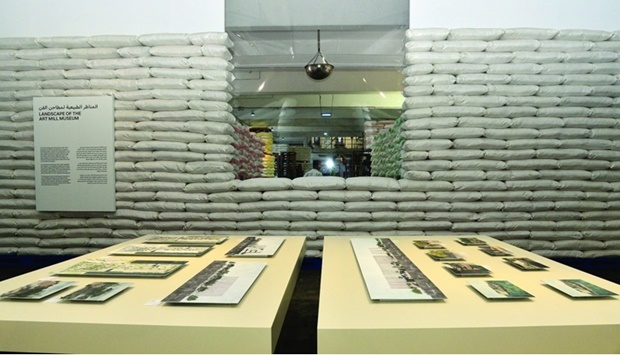

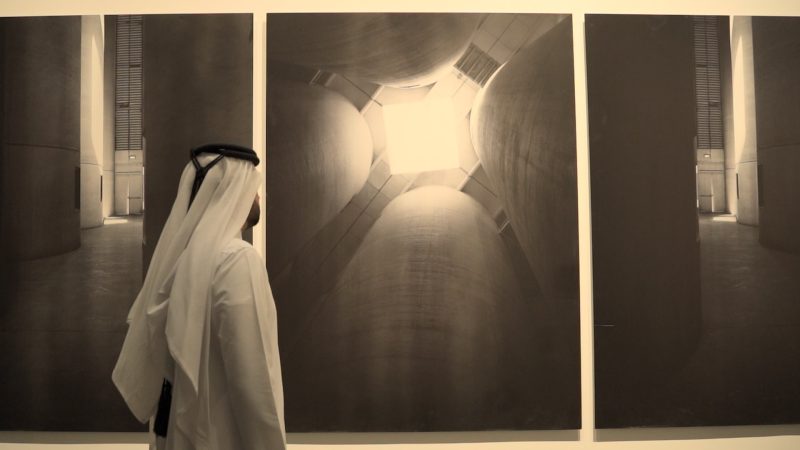
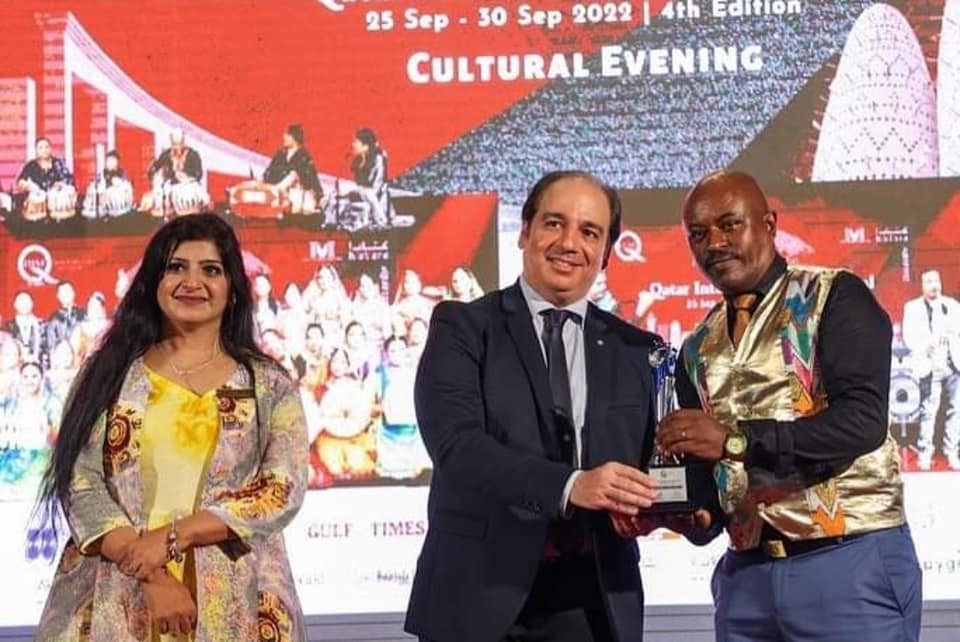
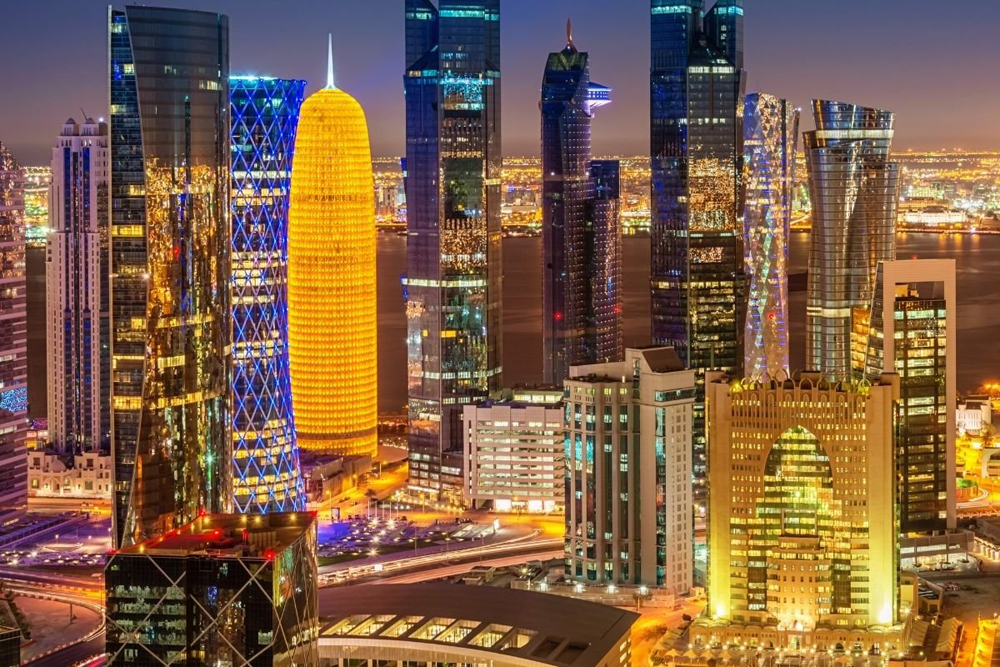
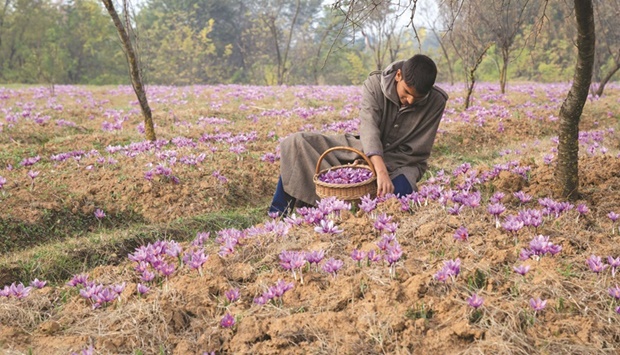



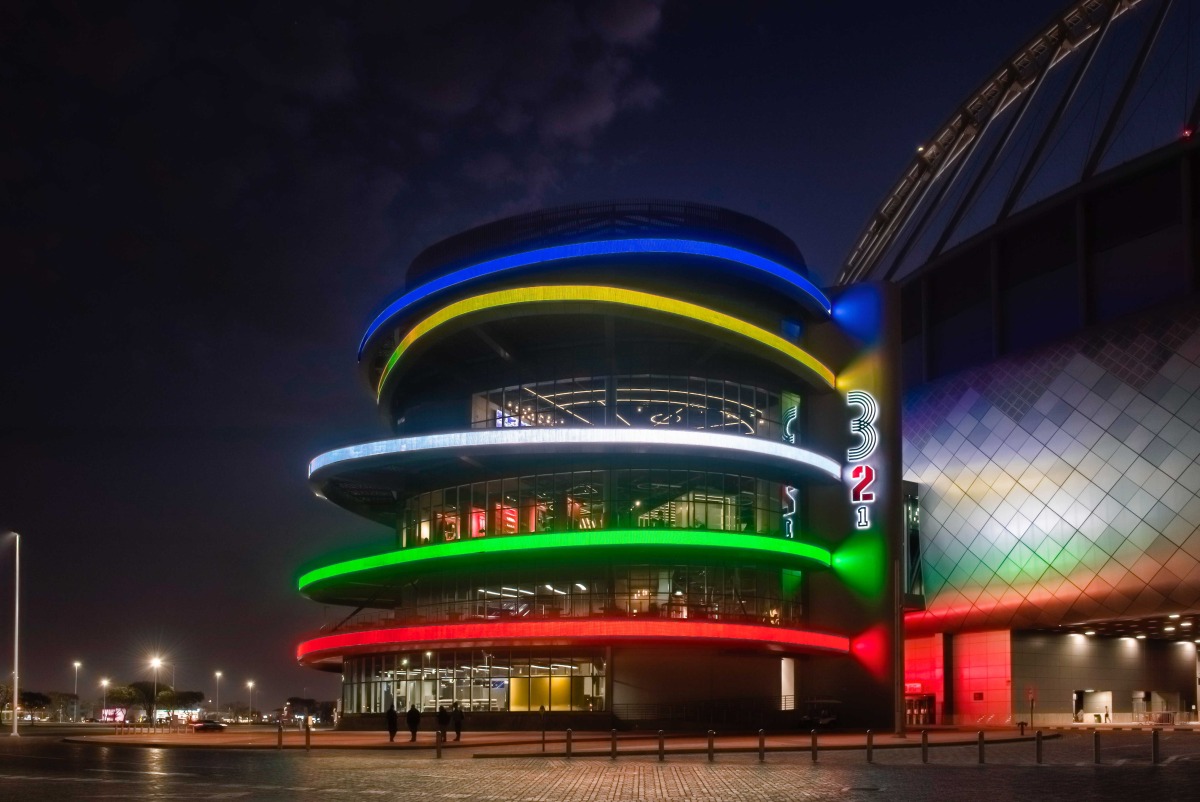
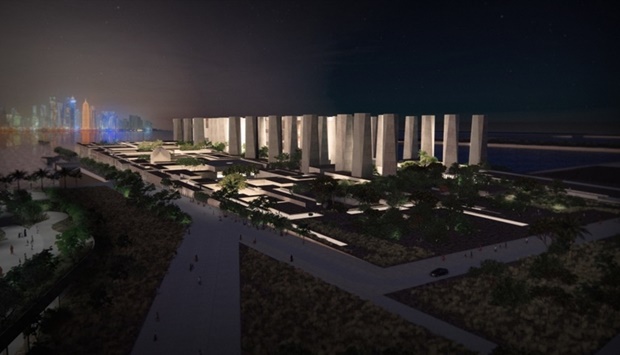


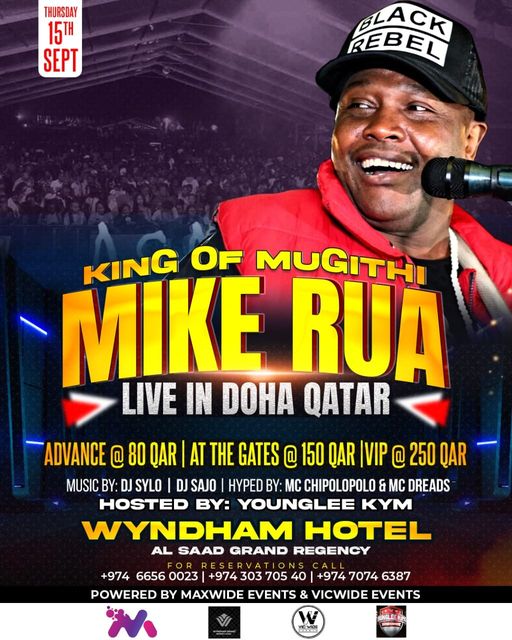
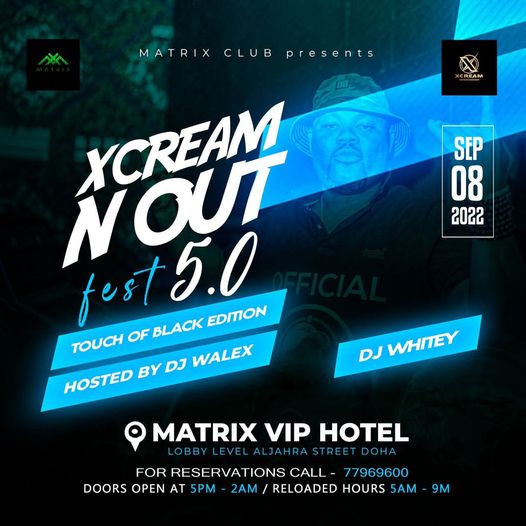
Leave a Reply